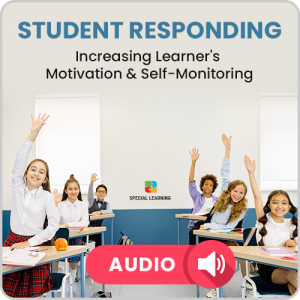Non-engaged Communication in Autism
One of the important steps in the proper management of autism is making an early diagnosis. Younger children respond better to autism rehabilitation therapy; hence it is important to look out for early symptoms. There are some non-engaged communication signs that can warn a parent before a child starts developing verbal communication. Children suffering from autism have a particular weakness for things requiring the sequential processing of transient information.
Childhood autism is associated with the delay in the development of several important areas, including playing, talking, and how the child interacts with others. Although the signs of autism vary widely, nearly every affected child will have some difficulties with both verbal and non-engaged communication.
Given the fact that early detection is important, parents play a very important role in the diagnosis of autism. Unfortunately, some parents fail to notice important signs and even mistake them for good behavior. For instance, a child with autism may appear unusually quiet, undemanding, and independent.
It is important to understand that an early diagnosis of autism does not involve the presence of abnormal behaviors as much as the absence of normal ones. Some of the non-engaged communication signs include:
-
Lack of making eye contact. Toddlers suffering from autism may not even look at their parents when they are being fed. They tend to avoid eye contact in general.
-
Children neither initiate nor respond to cuddling.
-
Children do not seem to share an interest or enjoyment with other people.
-
Children appear independent in that they do not ask for any help or make any basic requests.
-
The child does not reach out to be picked up.
-
Lack of making any noise or gestures to draw attention.
-
The child does not respond to smiles.
-
Children who do not respond to familiar voices even when they are called.
-
Affected children do not imitate any movements, including facial expressions.
-
Babies who do not seem to follow objects visually. Affected children tend to focus on one spot. The children do not make or follow any gestures such as waving goodbye. Autistic children hardly use any gestures to communicate.
People used to think that autism could not be diagnosed before the age of 3. However, a study funded by the National Institute of Mental Health discovered that diagnosis can actually be made soon after the first birthday. This is very important considering the significant role of early autism detection ineffective treatment.
References:
Levy et al., 2009
Schuler, 1995
Copyright © by Special Learning Inc. All right reserved.
No part of this article may be reproduced in any manner whatsoever without written permission except in the case of brief quotations embodied in critical articles and reviews. For information, contact Special Learning Inc., at: contact@special-learning.com








